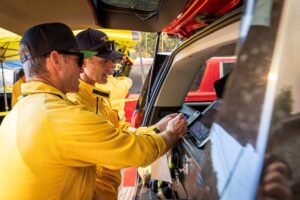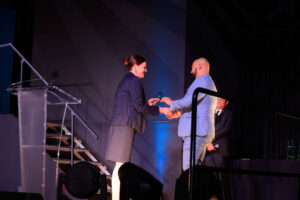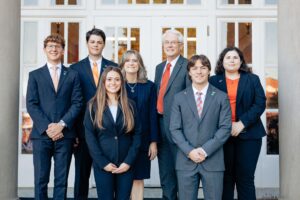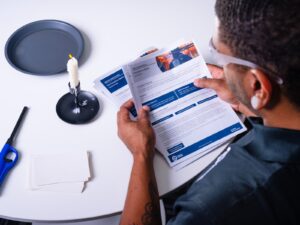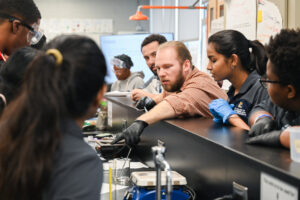Designing the Next‑Generation Rechargeable Battery
Nobel laureate M. Stanley Whittingham gives keynote address at Underwriters Laboratories symposium
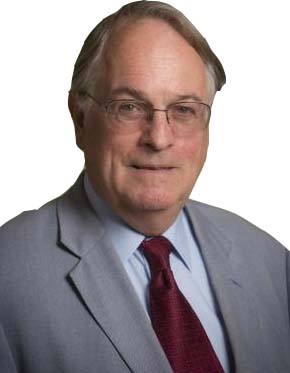
During a recent Underwriters Laboratories symposium, Nobel laureate M. Stanley Whittingham, Ph.D., discussed research into cathode materials for lithium-ion batteries while reviewing several ways to build more efficient rechargeable batteries.
One of three winners of the 2019 Nobel Prize in Chemistry for the development of lithium-ion batteries, Whittingham addressed both the challenges scientists face as they strive to create a safer, longer-lasting battery and the research underway to resolve those issues.
Whittingham touched upon what happens when materials used in nickel manganese cobalt (NMC) cathodes are modified or substituted to reduce first-cycle capacity loss. He noted that the use of single-crystal, high-nickel content NMC with dimensions of less than 3 microns provides longer battery life due to reduced particle cracking and fewer side reactions. The use of two lithium ions in the intercalation process for materials — such as lithium vanadium phosphate (Li2VOPO4) — provides higher energy density than lithium iron phosphate (LiFePO4) cathodes, he said. And finally, Whittingham presented his research work on the much-studied solid-state batteries.
“So clearly there’s going to be much more interest in single crystals, going forward,” said Whittingham, a professor at Binghamton University–State University of New York. “If the lifetimes are much longer, this is a big plus.”
Keynote culminates a year of battery safety and innovation webinars
Whittingham’s address at the virtual Battery Safety Science Symposium on Aug. 11 was hosted by the safety science organization’s Electrochemical Safety Research Institute (ESRI) and culminated a year of battery safety and innovation webinars.
The symposium, which drew 97 attendees, also featured 15 other expert session speakers and covered topics ranging from novel electrode materials to battery safety standards and regulations. ESRI brought together battery experts from academia, national laboratories, industry groups and standards organizations to share research advances and discuss topics that require additional examination.
“We need to share research outcomes in ways that are designed to maximize their influence — advocate, communicate, educate, target our strategies to address relevant audiences,” said Dr. Chris Cramer, senior vice president and chief research officer for Underwriters Laboratories. “This is a great way for us to engage with partners and (accelerate progress through engagement).”
Several speakers discussed potential alternative materials for what Dr. Sarbajit Banerjee of Texas A&M University called “beyond-lithium chemistries” for batteries. But changing materials doesn’t ensure the resolution of battery issues like the dendrite growth that can spark lithium-ion battery fires, said Banerjee, whose talk was called “Designing Electrode Architectures Across Length Scales: Some Lessons Learned From Li-ion and ‘Beyond Li’ Chemistries.”
“When we think of battery chemistries, we have to consider several aspects — energy density, power density, cycle life, safety, the environment and cost,” noted Dr. Arumugam Manthiram, a professor at the University of Texas at Austin. “It is very difficult to get everything in one battery chemistry.”
Howard D. Hopper, UL’s global regulatory services manager, discussed during the symposium how the safety science organization addresses energy safety concerns by updating and creating standards. Tests are conducted on the smallest battery cell on up to unit levels, incorporating new installation layouts, as part of UL standard development, Hopper said.
“Our goal is to advance safer energy through science,” Dr. Judy Jeevarajan, vice president of research for ESRI, said after the symposium. “We collaborate with many universities, industry partners and national laboratories to disseminate knowledge in order to drive safe, reliable and innovative designs that will meet the world’s energy needs.”
PUBLISHED
